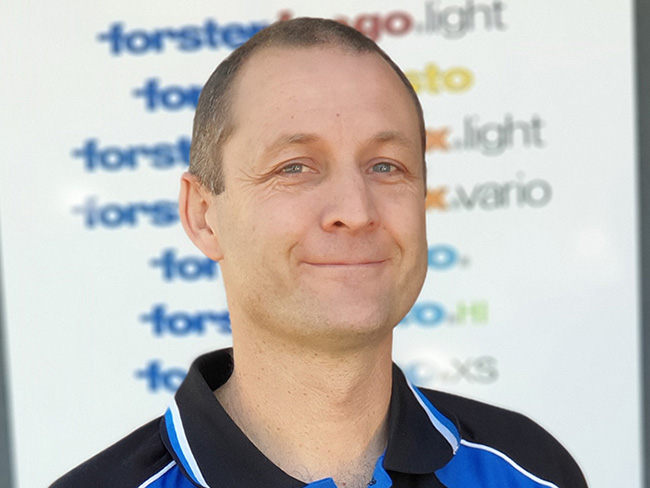
Steve Woolcock TPS
-
24 February 2021
Building comfortable, sustainable and energy-efficient housing is growing in popularity in Australia. But Technical Protection Systems have bigger environmental aspirations – and they go well beyond energy efficiency.
We caught up with the visionary and director of TPS, Steve Woolcock, who explains why an excellent energy efficiency profile simply isn’t enough – and why it’s so important to shift to a fully sustainable product lifecycle that decreases environmental impact for thousands of years to come.
Can you tell me about your background and your role at TPS?
I am the director of TPS. The company has been in the market for over 11 years, and we are the Australian distribution agent for Forster Profile Systems and the Australian processing plant for Pilkington fire-resistant glazing. We cut and distribute those two products throughout Australia and New Zealand.
Why is sustainability important to TPS, and why are you sponsoring the Sustainability Awards this year?
If you have a product that’s more environmentally responsible than others, it’s essential to create awareness and gain traction to ultimately replace products that are far less sustainable. Cutting edge products are inherently more expensive, and people are more reluctant to invest in technologies that are new and unknown – especially with so many unsustainable products that are both cheap and easy to install available in the market. But eventually, we will get critical mass, and unsustainable products will be replaced with more sustainable ones.
Through sponsorships and collaborations with partners – like the Sustainability Awards – we also learn about other products and sustainable practices. For instance, that’s how I learnt about biodegradable cling wrap, which we now use for strapping pallets.
How does TPS put its sustainability principles into practice?
We’re trying to embed the sustainable building practice within the whole company – both when it comes to the products we distribute and the way we operate.
From an operating process point of view, we recycle a lot of our products in-house. Offcuts, a little bit of steel, leftover screws or nails – we take them to steel recycling. Even offcuts of timber get piled up and used for heating at home, for instance – we try to find use for everything, and because of that, we’re not far off zero waste.
We reuse everything from timber crates to foam packing, and we’re trying to use biodegradable wrapping on our materials. It’s just a matter of choice – don’t buy non-recyclable plastic options if there are recyclable plastic options. It’s as simple as that.
How far along are you in your sustainability journey? Have you set yourself any goals to where you want TPS to be?
As a company, we don’t have significant industrial waste. As a moderate-sized small business we have four factories, and we only have rubbish and a recycling bin – no big industrial waste bins. That means, we are limiting the amount of opportunity for the waste to be thrown away, which automatically means people really consider how to reuse a product instead of discarding it. As a result, we now spend less than $1000 a year on waste removal. And that wasn’t an official target – it was about giving people the right options.
We haven’t needed to give ourselves a specific goal – when faced with a choice between an unsustainable product and sustainable product, we will always choose the sustainable one if we can.
What’s your biggest focus?
Because I now understand the importance of energy in the context of long term sustainability outcomes, where I see the most exciting change and focus is on sustainability in our products. What we need to focus on is the complete environmental effect of the building: what it is at the time of the build, how it works once it’s standing – and when it comes to the end of its life.
For instance, there are other thermal broken steel, aluminum or timber systems in the market which, from an energy performance point of view, aren’t that different from ours. But where the substantial difference is is the way our products are made – and how we consider the full lifecycle of our products. While other systems might use plastic or fibreglass bonded between the two recyclable materials, the Forster Unico system doesn’t use that. Instead, Forster created single-material products which not only do an excellent job when installed in the building but also can be 100% recycled at the end of their life, which is a perfect match to my personal and business values.
I’m not interested in selling for profit only – I’m interested in selling better products. And as a business owner, I get to choose that.
For more information, visit TPS here.
Bought to you in association with Technical Protection Systems. Proud Sponsor of 2020 Sustainability Awards.

Commercial Architecture (Small)
